11
Feb
Toxic Herbicide Atrazine Causes Wasp Gut Microbiome to Develop Pesticide Resistance Across Generations
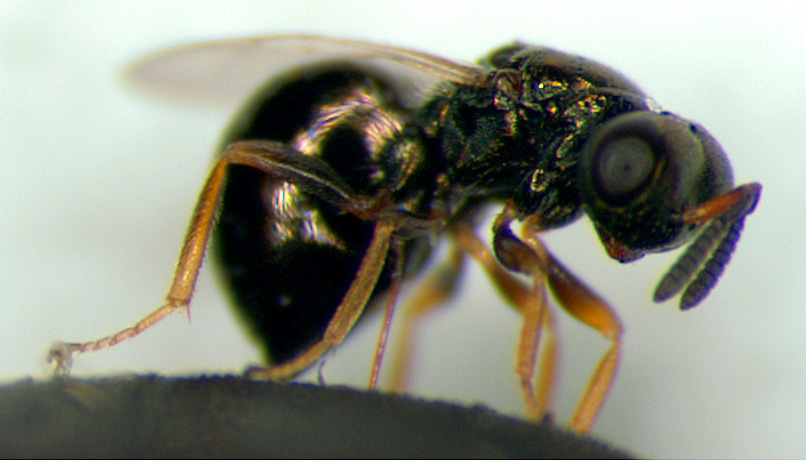
(Beyond Pesticides, February 11, 2020) A new study, published in the journal Cell Host & Microbe, homes in on the impact of the toxic herbicide atrazine on wasp gut microbiology and pesticide resistance. Intriguingly, researchers found that exposure to atrazine changed the composition of gut bacteria in individual wasps and shifts in gut flora were heritable. This study not only represents one of the first evolutionary studies on symbiont-mediated pesticide resistance, it also provides fodder for future research regarding the implications of exposure to xenobiotics (i.e., chemical substances like toxic pesticides foreign to an organism or ecosystem) for other gut bacteria hosts ‚Äď such as honey bees and humans.
Researchers utilized the hymenopteran insect model Nasonia vitripennis to analyze the effect of subtoxic exposure to atrazine across 36 generations. They reestablished a baseline of toxicity by experimenting with concentrations of atrazine to find the level at which 50% of the population died (LC50). During initial trials, some of the wasps were kept in a germ-free (GF) environment. The authors observed a higher mortality rate among the germ-free population, indicating that gut microbes assist with detoxification.  
Early generations of wasps in the study received a field-realistic dose of atrazine (300 ppb) or a subtoxic dose (30 ppb); exposed individuals showed a gut flora composition significantly different from the control group.  The shift in microbiome composition persists across subsequent generations.
“After a single exposure to some chemicals — xenobiotics — the gut microbiome can be permanently affected,” says Robert Brucker, PhD, a senior study author on the paper. “Exposure can have lasting changes to future generations even after an exposure risk is eliminated.”
After the 8th generation of sublethal dosing, there was a significant increase in tolerance to atrazine. ¬†LC50 increased in later generations of the atrazine-exposed population, indicating pesticide resistance. The paper reads, ‚ÄúOur study is one of the few cases to experimentally evolve cooperation between a host animal and rare members of the microbiome to derive new fitness traits within the population.‚ÄĚ
Even when wasps are switched to an atrazine-free diet for six generations, the bacterial composition was similar to that of the exposed parents. Overall, researchers observed an increase in microbiota diversity and bacterial load. ¬†The paper concludes, ‚ÄúTaken together, these results support the conclusions that atrazine exposure can shift the host microbiome, the shifted microbiome inherited, and the altered microbiome is unlikely to revert to an ancestral-like microbial community.‚ÄĚ
Lead author Dr. Brucker says, “Overall, we demonstrate that resistance to multiple pesticides can arise in a population that is exposed to sub-toxic concentrations, that the microbiome facilitates this resistance, and that it provides resistance against other pesticides to which the host animal has never been previously exposed.”
Atrazine is the second-most-sold pesticide globally. It is an endocrine disrupting chemical that has also been linked to neuropathy and cancer. A 2016 EPA analysis found that atrazine has been detected in 78% of drinking water across the U.S. In 2018, a study found that many communities in the Midwest have seasonal exceedances up to three to seven times the legal limit of atrazine in drinking water. This new study references previous research on human microbiomes that observed similar atrazine-degrading mechanisms in gut flora, opening another realm for potential study in human systems.
Dr. Brucker says his team plans to leverage their findings to develop probiotics that may help honey bees reduce risk related to pesticide exposure. Beyond Pesticides takes the position that, rather than adapt to a chemical-intensive world, the adverse effects to human health and the environmental are not reasonable, especially in light of the availability of nontoxic and natural alternatives. For more on how to make that reality possible, check out our Tools for Change page and keep abreast with our Action of the Week.
 All unattributed positions and opinions in this piece are those of Beyond Pesticides.
Source: Cell Host and Microbe, Science Daily












 (Beyond Pesticides, February 5, 2020) A new study, published in
(Beyond Pesticides, February 5, 2020) A new study, published in  (Beyond Pesticides, February 4, 2020) It was a good day for Bayer/Monsanto. The chemical company’s weed killer glyphosate and its neonicotinoid insecticides are set for reapproval by the U.S. Environmental Protection Agency (EPA), according to
(Beyond Pesticides, February 4, 2020) It was a good day for Bayer/Monsanto. The chemical company’s weed killer glyphosate and its neonicotinoid insecticides are set for reapproval by the U.S. Environmental Protection Agency (EPA), according to  (Beyond Pesticides, February 3, 2020) In more bad news from the insect world, recent research published in the¬†
(Beyond Pesticides, February 3, 2020) In more bad news from the insect world, recent research published in the 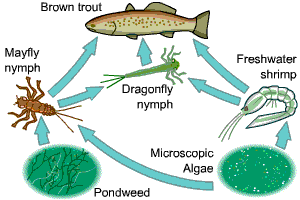

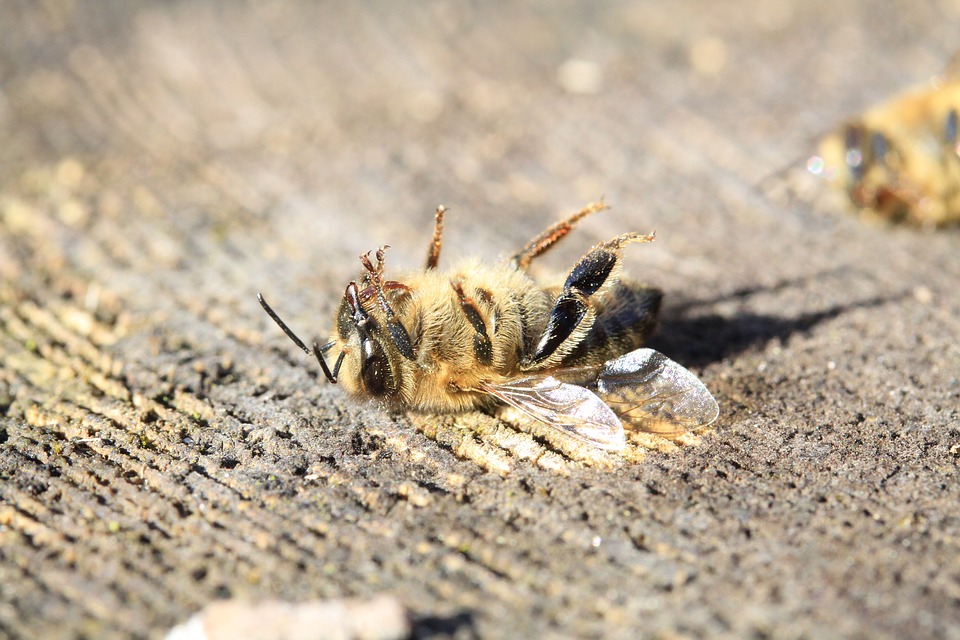 (Beyond Pesticides, January 28, 2020) The practice of coating seeds with insecticides, now widely adopted as a result of the agrichemical industry, has created increasingly toxic conditions for pollinators foraging on US cropland, finds a study published in
(Beyond Pesticides, January 28, 2020) The practice of coating seeds with insecticides, now widely adopted as a result of the agrichemical industry, has created increasingly toxic conditions for pollinators foraging on US cropland, finds a study published in 
 (Beyond Pesticides, January 27, 2020) United States military veterans suffering from bladder cancer, hypothyroidism, hypertension, and Parkinson’s-like symptoms after their exposure to Agent Orange will remain unprotected and uncompensated until at least late 2020, according to
(Beyond Pesticides, January 27, 2020) United States military veterans suffering from bladder cancer, hypothyroidism, hypertension, and Parkinson’s-like symptoms after their exposure to Agent Orange will remain unprotected and uncompensated until at least late 2020, according to 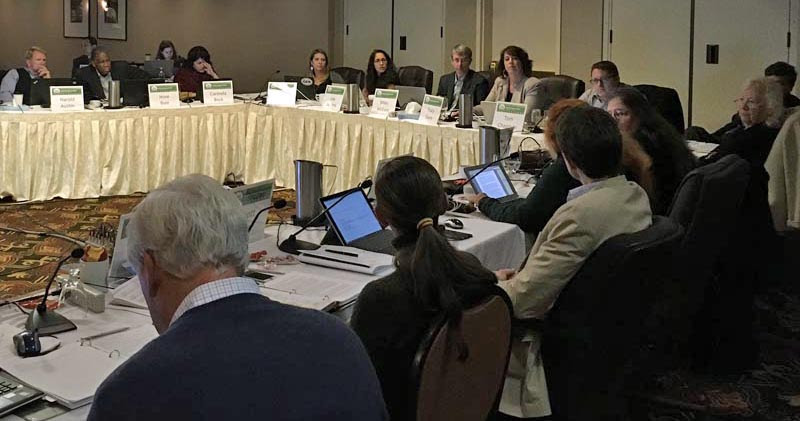

 (Beyond Pesticides, January 22, 2020) About half a million Minnesotans have been subject to drinking water contaminated by nitrate, according to a
(Beyond Pesticides, January 22, 2020) About half a million Minnesotans have been subject to drinking water contaminated by nitrate, according to a 

 (Beyond Pesticides, January 17, 2020) In Brussels, the
(Beyond Pesticides, January 17, 2020) In Brussels, the 
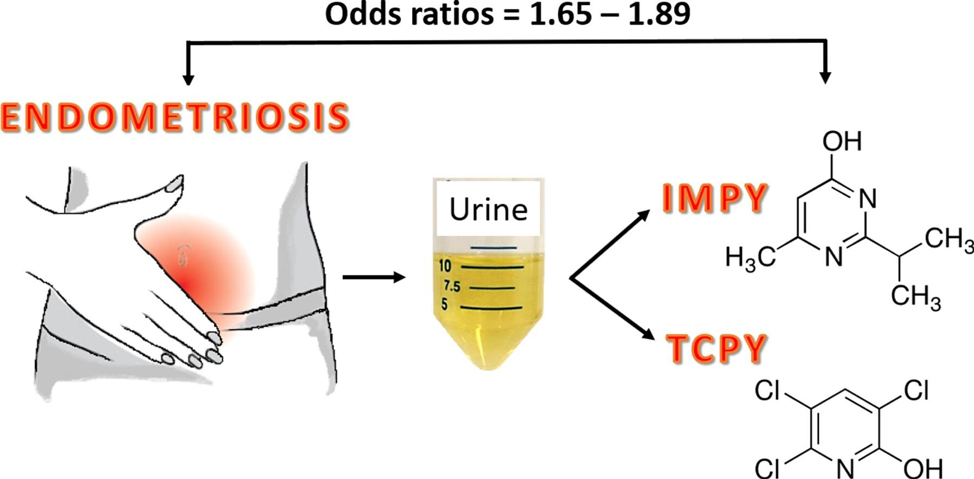
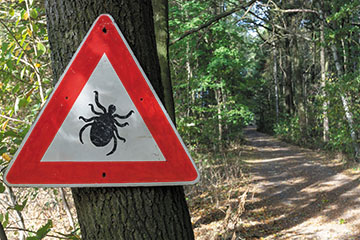

 (Beyond Pesticides, January 10, 2020) A
(Beyond Pesticides, January 10, 2020) A 

